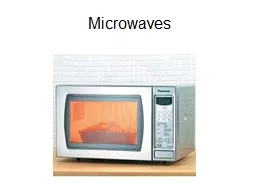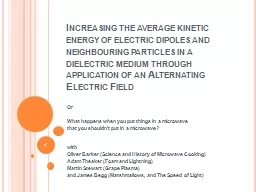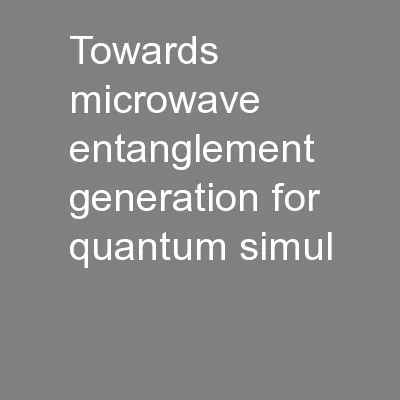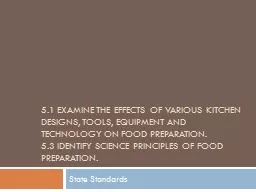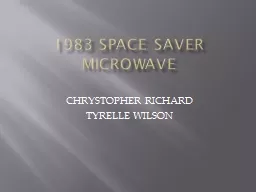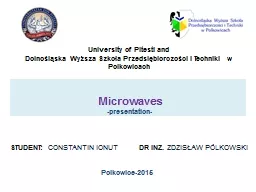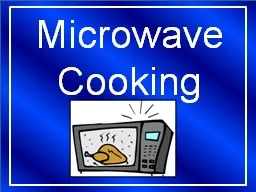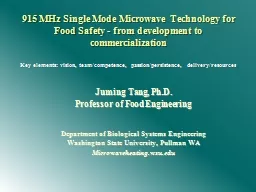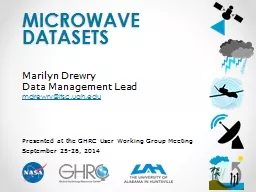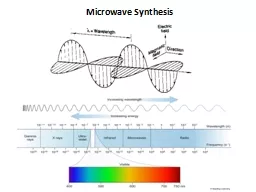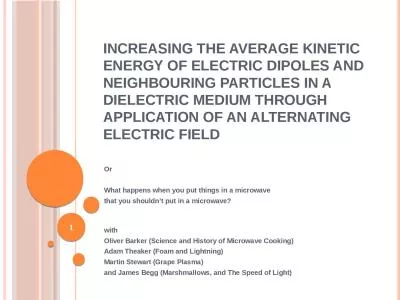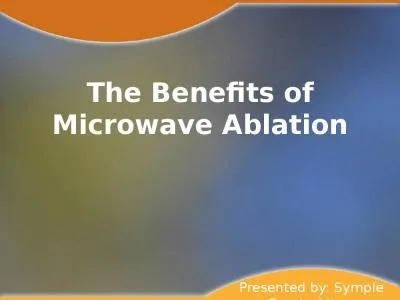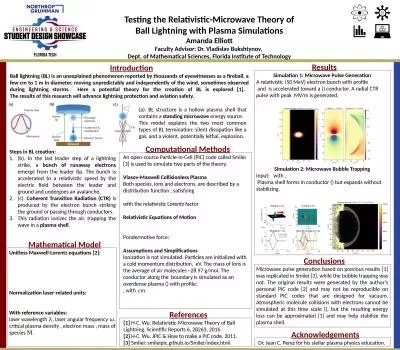PPT-What are Microwaves and what Is Microwave Communication?
Author : jacey | Published Date : 2023-10-26
Microwaves Microwaves are electromagnetic waves with a frequency with wavelengths ranging from one meter to one millimeter frequencies between 300 MHz and 300 GHz
Presentation Embed Code
Download Presentation
Download Presentation The PPT/PDF document "What are Microwaves and what Is Microwav..." is the property of its rightful owner. Permission is granted to download and print the materials on this website for personal, non-commercial use only, and to display it on your personal computer provided you do not modify the materials and that you retain all copyright notices contained in the materials. By downloading content from our website, you accept the terms of this agreement.
What are Microwaves and what Is Microwave Communication?: Transcript
Download Rules Of Document
"What are Microwaves and what Is Microwave Communication?"The content belongs to its owner. You may download and print it for personal use, without modification, and keep all copyright notices. By downloading, you agree to these terms.
Related Documents


